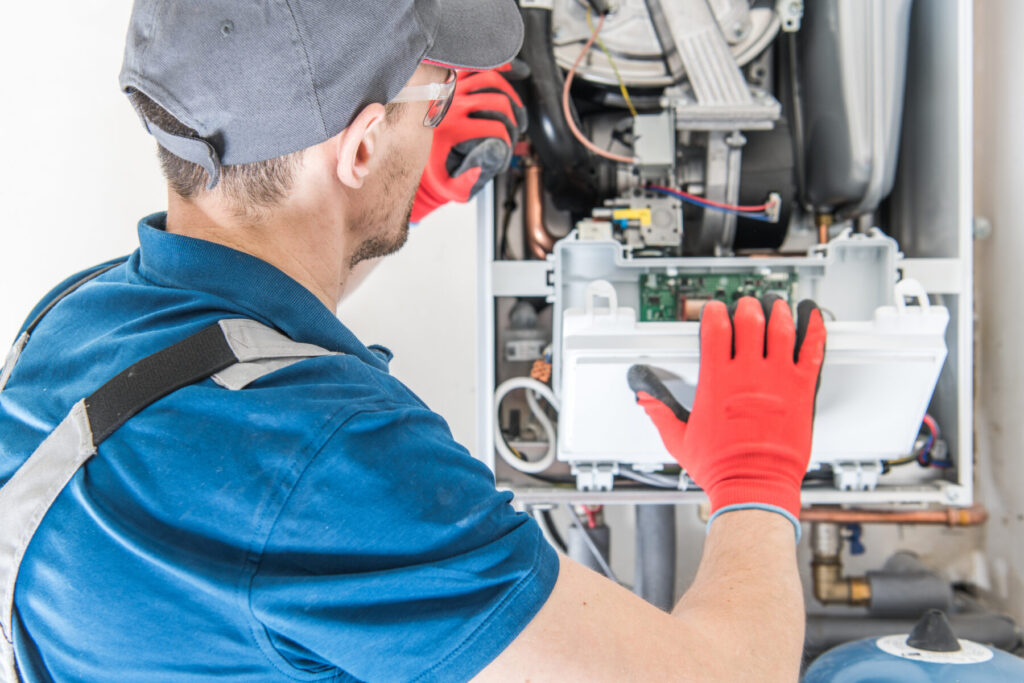
Balancing scheduled maintenance and repairs in field service is a delicate yet essential endeavor. Striking this balance ensures that your equipment remains in optimal condition while minimizing costly downtime. This article delves into the strategies and insights that can help you harmonize scheduled maintenance and repairs to achieve peak operational efficiency and customer satisfaction.
The Significance of Balancing Maintenance and Repairs
- Equipment Longevity
Scheduled maintenance prevents premature equipment breakdown by addressing wear and tear before it escalates into a major issue. Repairs, however, focus on fixing issues as they arise. Balancing the two ensures your equipment operates efficiently for a longer lifespan. A field service platform such as Gomocha can prepare for your work volume and let you avoid any infrastructure issues.
- Minimized Downtime
Effective scheduling of maintenance and repairs prevents unexpected breakdowns that lead to unplanned downtime. A balanced approach reduces disruptions, keeps operations smooth, and maximizes productivity.
- Cost Efficiency
Regular maintenance avoids the need for costly emergency repairs. By catching potential problems early, you can address them at a lower cost, saving your business time and money.
Strategies for Balancing Maintenance and Repairs
- Comprehensive Equipment Assessment
Begin by thoroughly assessing your equipment’s condition and performance. Identify components that require regular maintenance and those that may need repairs in the near future.
- Prioritize Critical Assets
Categorize your equipment based on criticality. High-priority assets should receive frequent maintenance and prompt repairs to minimize operational disruptions.
- Create a Maintenance Schedule
Develop a detailed maintenance schedule that outlines when each asset should undergo routine maintenance–factor in the manufacturer’s recommendations, usage patterns, and environmental conditions.
- Implement Predictive Analytics
Leverage predictive analytics and IoT sensors to anticipate maintenance needs. Data-driven insights allow you to perform maintenance exactly when required, minimizing unnecessary downtime.
Best Practices for Effective Balancing
- Regular Communication
Maintain open communication between your field service team and the back-office. This ensures that both teams are aligned and can manage maintenance and repairs collaboratively. With Gomocha’s technician friendly mobile app, this collaboration and communication is easily achieved.
- Technician Training
Equip your technicians with the skills to identify potential issues during routine maintenance. This proactive approach allows them to address minor repairs immediately, preventing escalation.
- Data-Driven Insights
Utilize historical data and analytics to identify trends and patterns related to equipment performance. Adjust your maintenance and repair schedules based on these insights. Gomocha’s comprehensive Planboard gives you the real-time insights you need to uncover hidden efficiencies in your field service operation.
- Continuous Improvement
Regularly review and refine your maintenance and repair schedules. Adapting your approach will help you maintain efficiency and effectiveness as your operations evolve.
Balancing scheduled maintenance and repairs in field service is a strategic endeavor that can significantly impact your operational efficiency and bottom line. By adopting a proactive approach, utilizing data-driven insights, and implementing well-structured schedules, you can achieve the perfect equilibrium between maintaining equipment health and minimizing downtime. Strive for this balance and watch your field service operations thrive like never before.
